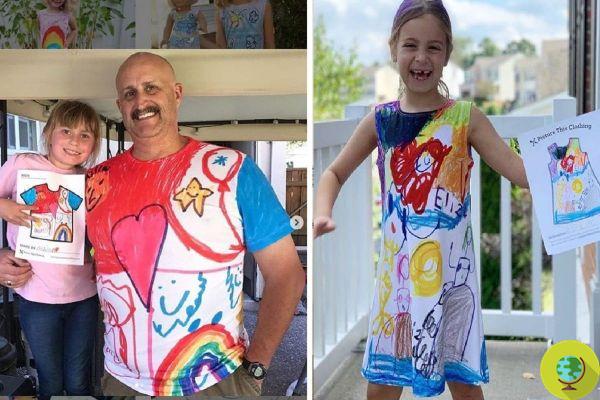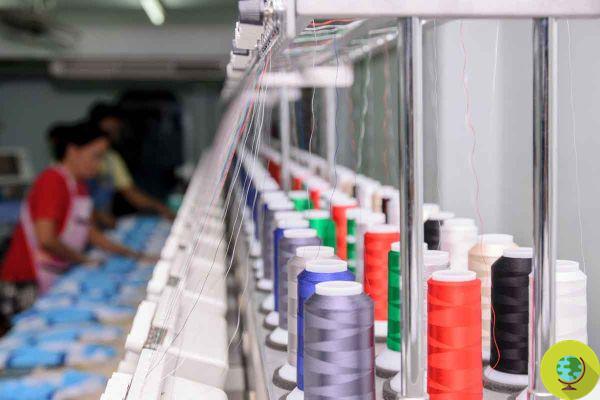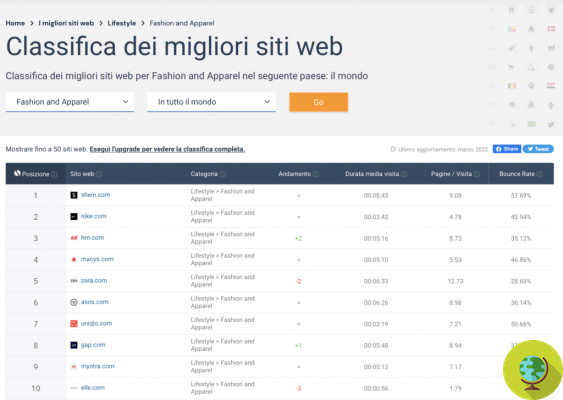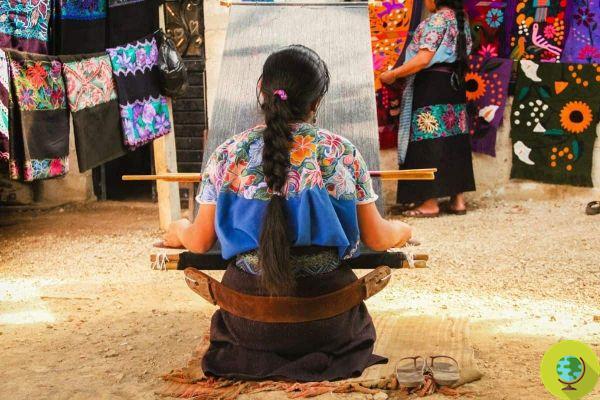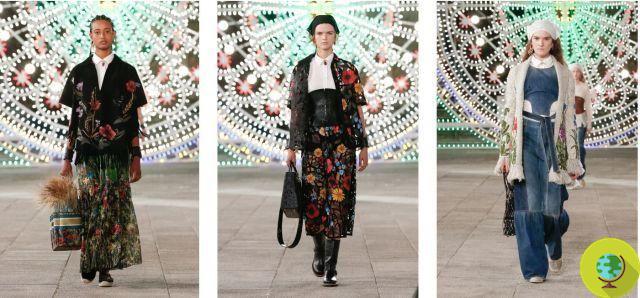
Why buying a new Christmas sweater every year is not good for the planet at all and what are the sustainable alternatives
Don't store avocado like this: it's dangerousWhy buying a new Christmas sweater every year (made largely of acrylic) is not good for the planet at all and what are the sustainable alternatives
There are those who love them and those who hate them, but each of us has at least one in the closet: let's talk about Christmas sweaters, decorated with reindeer, Christmas trees and snowmen. Those who love them now have a more than valid reason for do not buy a new Christmas sweater this year.
Christmas cardigans and sweaters are in fact among the worst items produced by fast fashion, since in addition to generating a huge amount of waste immediately after the holidays, they contain a large amount of plastic fibers that increase the pollution of our seas.
The charity "Hubbub" analyzed 108 Christmas-themed garments sold in 11 physical and online stores, noting that 95% of the products are made entirely or mostly in acrylic.
Acrylic was responsible for releasing approximately 730.000 microfibers per machine wash, five times more than that produced by polyester and cotton blends and about 1,5 times more than polyester. Inevitably, the microplastics released by these materials reach rivers, seas and oceans, polluting the waters and creating enormous damage to aquatic animal species.
According to the research, one in three adults under the age of 35 buy a new Christmas sweater every year and over the next few days as many as 12 million Christmas-themed sweaters will be purchased in the UK alone. Two out of five sweaters they are worn only once during the feast days only to be thrown away.
The most sustainable alternatives
Those who love Christmas sweaters, however, must not resign themselves to giving up this garment. Hubbub recommends recycle the sweaters of the past years instead of buying new ones, swap your sweater with that of a friend, or customize Christmas-themed sweaters you already own, applying decorations and pom poms.
For children, you can ask parents with older children than their own for whom the previous year's sweater is surely too small.
Another alternative is to contact the used market, always paying attention to the labels: it is better to choose garments produced with natural fibers such as cotton, which have a considerably lower impact on the environment than acrylic.
The goal is to limit as much as possible waste production and plastic pollution, certainly not to stop having fun during the holidays.
Follow us on Telegram | Instagram | Facebook | TikTok | Youtube
Fonte: Hubbub Foundation
Read also:
- “Zara, H&M, Levi's have dyed the rivers of Africa blue”. The shock report on the dark side of fast fashion
- Toxic fashion: our clothes are second only to oil in pollution
- Because in September (and beyond) you should stop buying new clothes
- Sustainable fashion cannot ignore the recycling of clothes. The new Greenpeace dossier





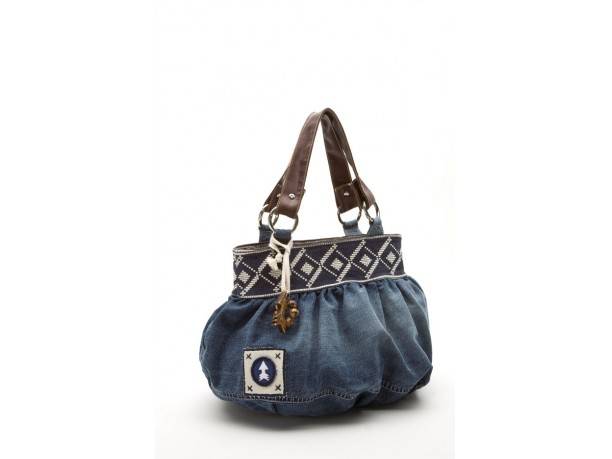

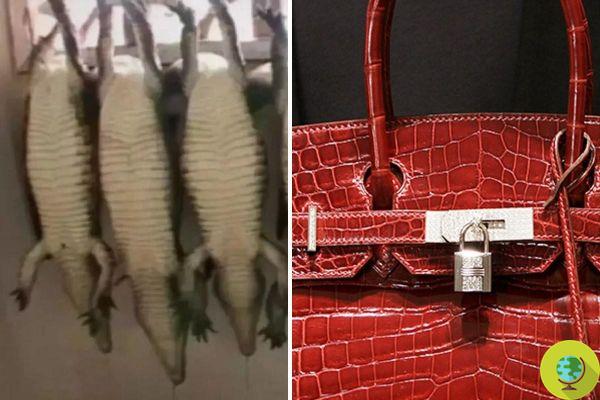


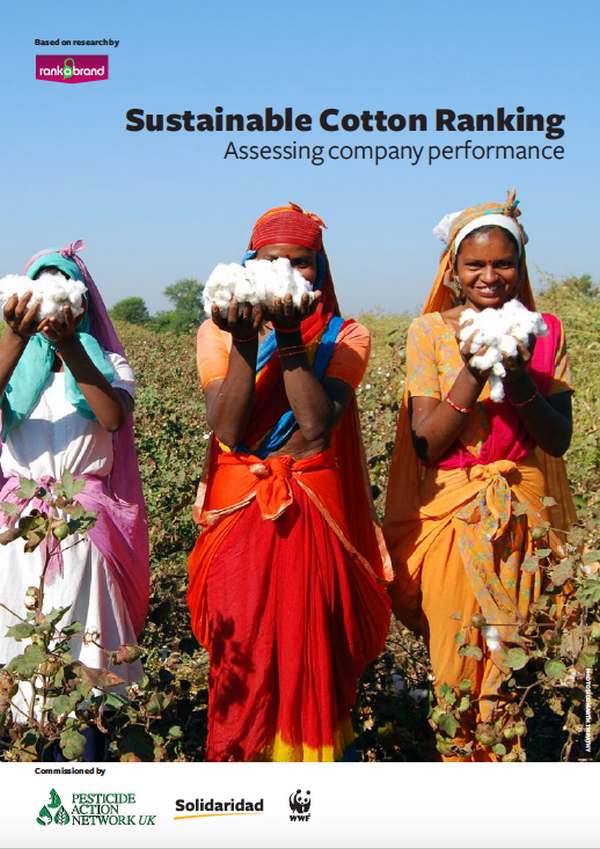


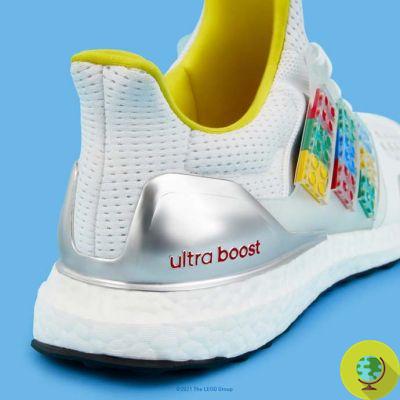

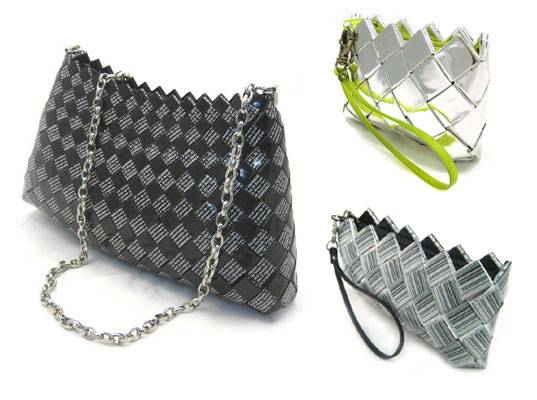


![Vivienne Westwood has a message for all the powerful ahead of COP26 [VIDEO]](/images/posts/221fa8f5dd2d21a4210e6b9071546b56-0.jpg)

